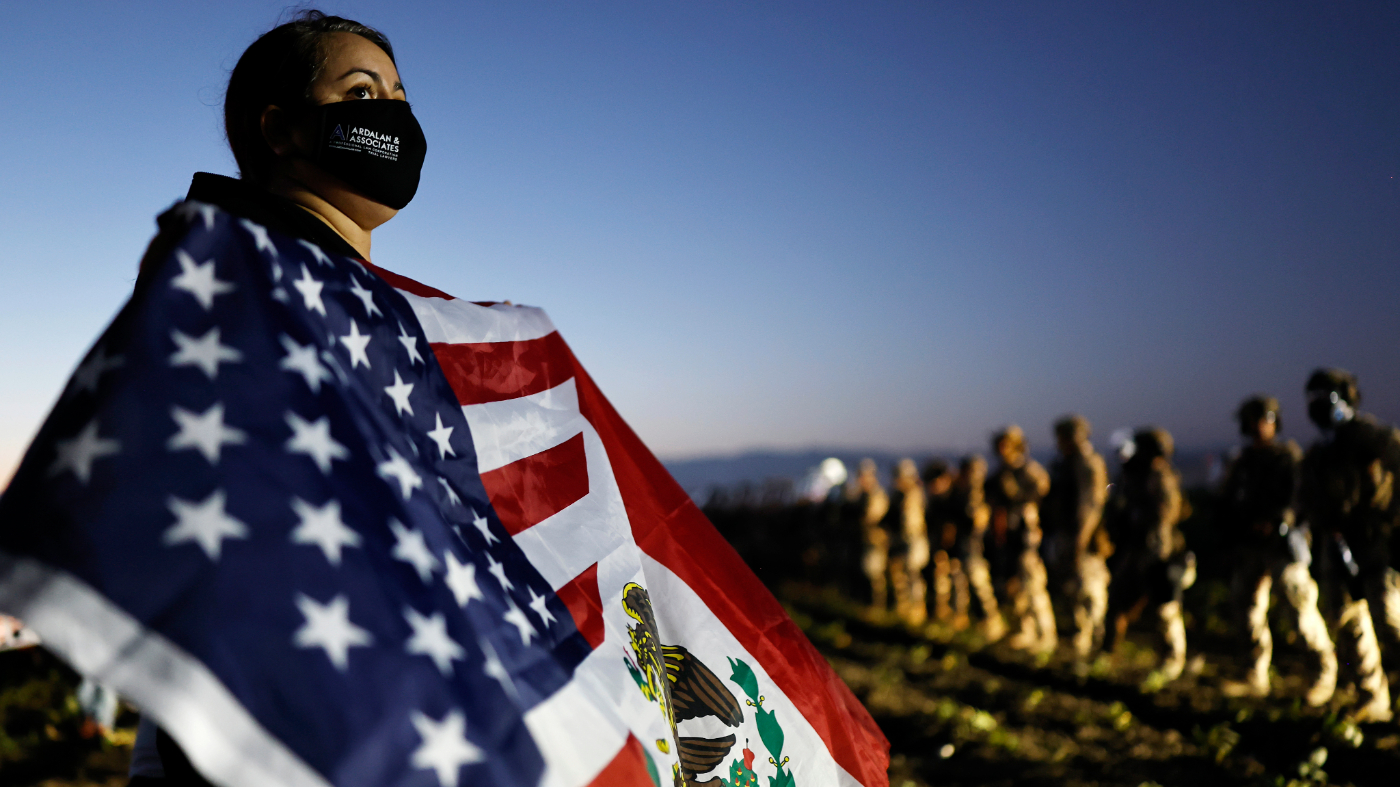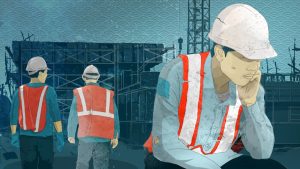Earlier this month, the House and Senate passed a bill that allocates $170 billion to immigration control and border enforcement, with $29.9 billion approved in additional funding to Immigration and Customs Enforcement.
This is the agency that, since January, has been flexing its power by arresting law-abiding immigrants, legal permanent residents, foreigners on temporary visas and even elected officials who are U.S. citizens, like New York City Comptroller Brad Lander, Newark Mayor Ras Baraka and Rep. LaMonica McIver (D-N.J.) in New Jersey.
ICE has proven itself to be a law enforcement agency with the ability to violate civil rights, and U.S. citizens and residents should be worried.
Truth be told, ICE has operated with impunity since it was established in 2003. For more than seven years, I have been studying what I call “enforcement episodes,” their long-lasting impacts and the survival stories of young U.S. citizens in New York who have experienced immigration enforcement targeting their parents, family members, neighbors or friends.
Young New Yorkers spoke of early morning ICE visits to their childhood homes, agents letting themselves be confused for local police, a detention system that moved parents across states so that families could not visit and relatives disappearing from their lives.
They recounted fears when ICE agents periodically appeared on subways and roadways to intimidate citizens and residents indiscriminately.
Until now, ICE’s unchecked power has gone publicly unacknowledged, unless you looked closely or had been directly affected. This is likely because most U.S. citizens whose rights have been violated were minors.
U.S. citizen children have been forcibly separated from parents but have no standing in immigration courts. Fears and anxieties have undermined U.S. citizen children’s well-being, while policymakers have turned the other way.
Advocates responded by pushing for humanistic views of immigration and for non-cooperation agreements between local agencies and ICE. They advised immigrants to be law-abiding, seek legal counsel and attend appointments and hearings as directed.
Meanwhile, the toll enforcement has taken on children has been barely noticed.
Today, with an unprecedented expansion of ICE arrests in nearly every state and a three-fold increase to the current budget looming, the advocacy playbook has changed. This makes New Yorkers’ survival stories more instructive for moving beyond fear into focused and effective action.
Lesson number one: Community members can deescalate enforcement episodes and their aftermath.
Those I met suffered most when they directly witnessed episodes such as being present when ICE arrived at their homes or during a traffic stop, or by being drawn into legal proceedings. Episodes are especially traumatic when children translate for parents, attend lawyer’s appointments or write letters for waivers of removal.
This was most common in rural areas with intentionally developed local coalitions between citizens and non-citizens. People also translated for and accompanied family members, in lieu of children.
Lesson number two: Community members can offer resources to rebuild.
The New Yorkers I met who were most resilient, over time, received aid directly, not through parents. Several, especially in New York City, attended exceptional schools with teachers who simultaneously normalized migration experiences and identified children of immigrants needing interventions.
Teachers “who noticed” — as one young woman described it — connected them to services and mental health counseling. Other young adults participated in clubs or youth groups that provided them with tools to feel empowered, not bewildered, by ICE actions.
Because training came before things got personal, these youth launched into action when bad things happened to their families and friends.
- Show up when ICE does, documenting and deescalating when possible.
- Show up for those in proceedings, ensuring they are not alone.
- Show up for families, offering mutual aid.
- Show up for people working with children — teachers, counselors, coaches, doctors and more — training them as first responders to leverage services to children.
- Show up for children, organizing webs of support through clubs or other activities that they can activate for advocacy efforts.
- Show up for communities, providing rights training and rejecting silencing about immigration that furthers criminalizing narratives.
Around the country, people are taking many of these actions right now. Each of us cannot do everything. But we can show up for each other to heal and to protect the civil rights we all deserve.






